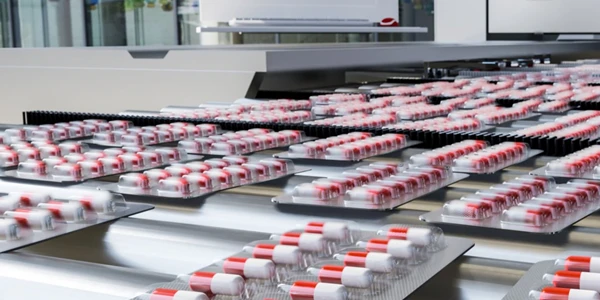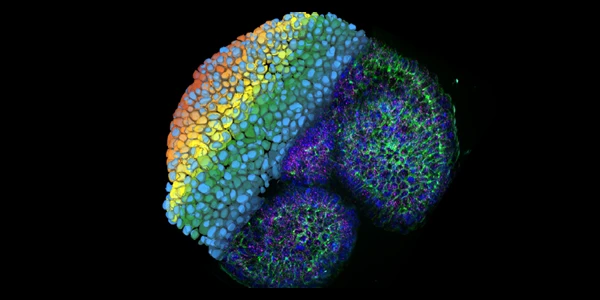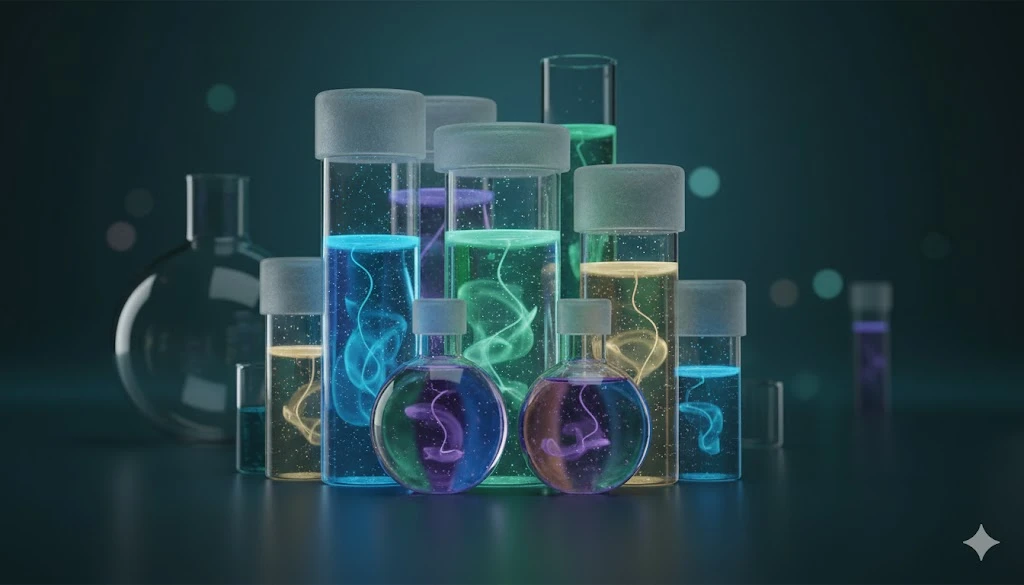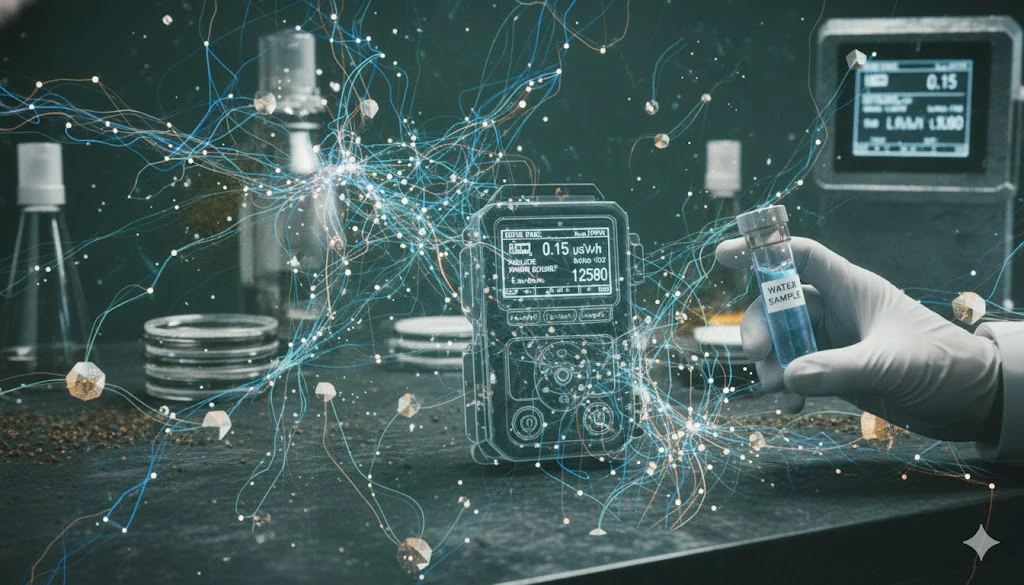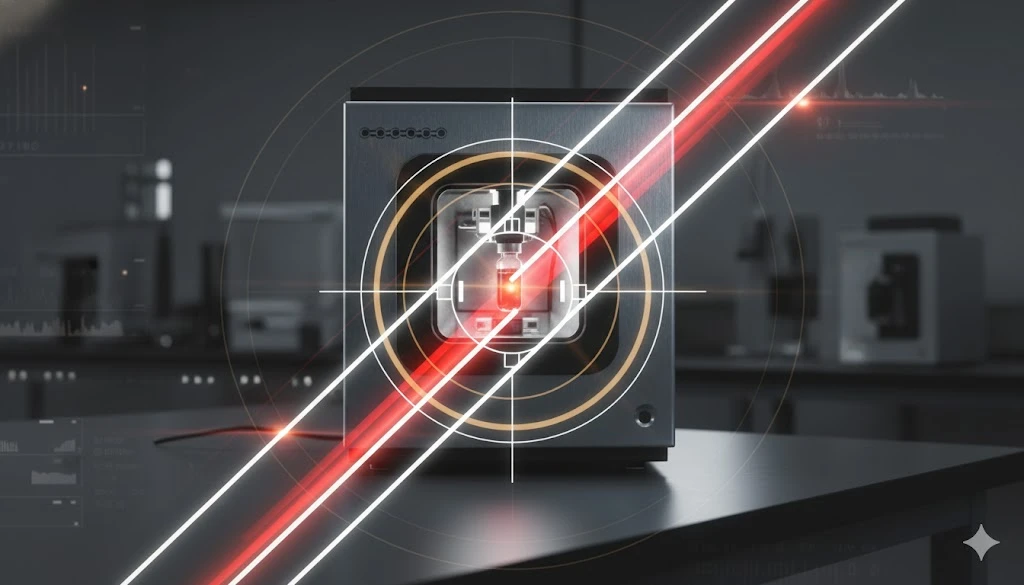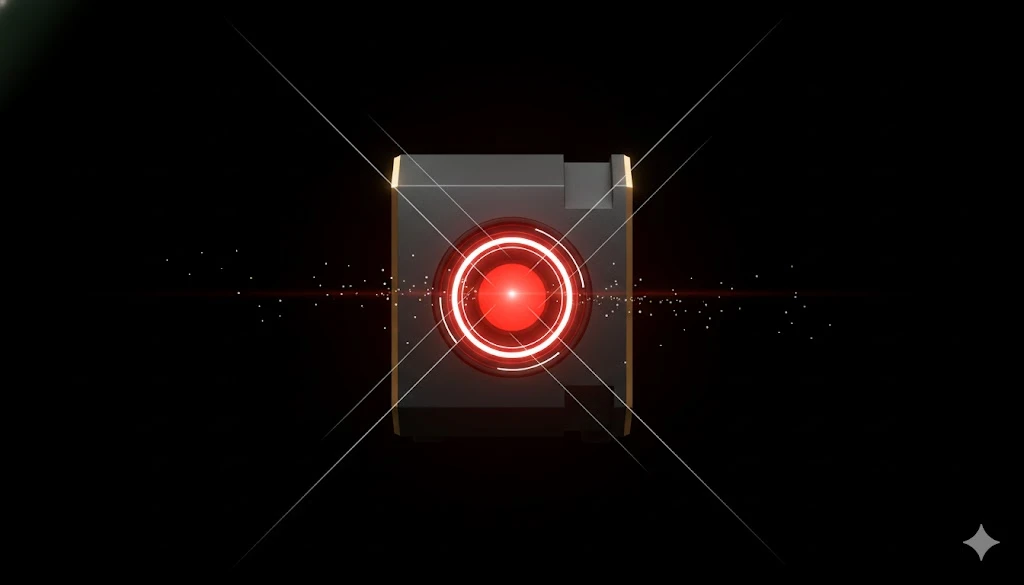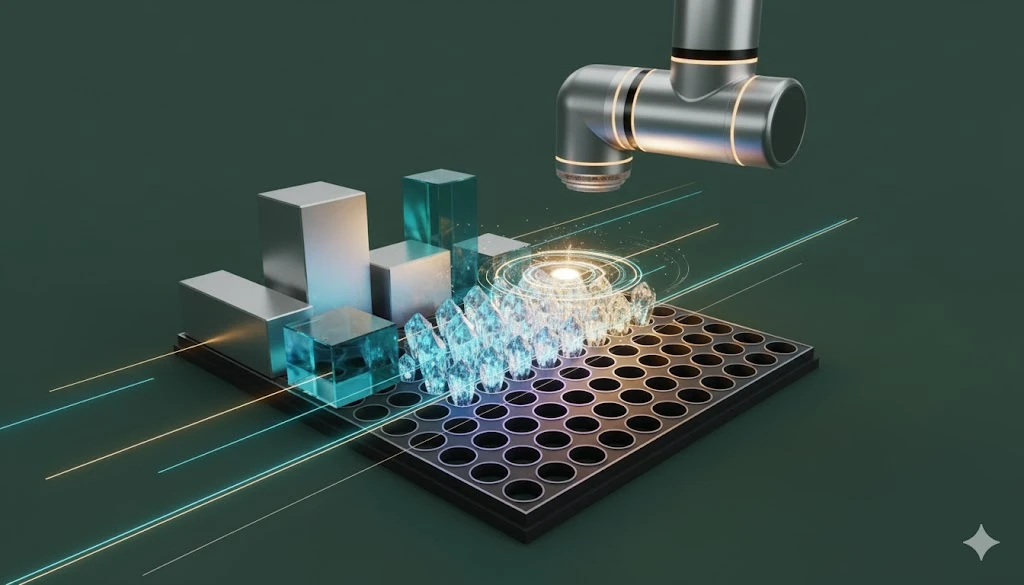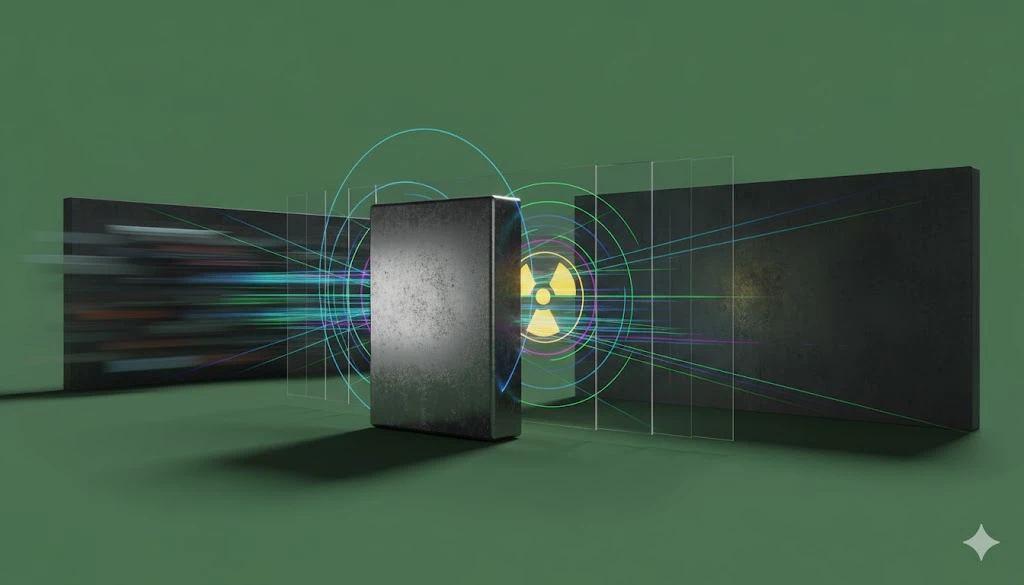Mastering Liquid Chromatography: Essential Techniques & Modern Innovations
ImageFX (2025) Liquid Chromatography (LC) stands as a cornerstone in analytical laboratories worldwide, a testament to its unparalleled versatility and precision in separating and analyzing complex mixtures. What began as a simple concept of partitioning compounds through a paper substrate has evolved into a sophisticated science, integrating cutting-edge instrumentation with advanced methodologies. This guide delves into the fundamental principles that govern LC, explores the nuances of its most common configurations, and highlights the groundbreaking technological advancements shaping its future. At its core, liquid chromatography is a powerful separation technique that leverages the differential interaction of analytes with two distinct phases: a mobile phase and a stationary phase. This dynamic interplay allows for the precise isolation and identification of components within a sample, making LC indispensable across various scientific disciplines. The efficacy of any chromatographic separation hinges on the careful selection and interaction of these two critical components: Mobile Phase: This is the liquid (or sometimes gas in other chromatography types) that carries the sample through the system. In LC, it can be an aqueous buffer, a solvent, or a mixture, designed to dissolve the analytes and facilitate their movement. Stationary Phase: This is typically a solid material, often packed into a column, such as resin or matrix material. Analytes interact with this phase to varying degrees based on their chemical properties. As analytes, suspended in the mobile phase, encounter the stationary phase, they interact thermodynamically. The strength of this interaction dictates how long an analyte is retained within the column. Stronger interactions lead to longer retention times and require more concentrated solutions for elution. The final output of this process is typically visualized as a chromatogram, a graphical representation of the separated components over time. Two primary modes of liquid chromatography are distinguished by the polarity of their stationary and mobile phases: Reversed Phase Chromatography (RPC) RPC is the most widely used LC mode due to its robustness and versatility. Stationary Phase: Hydrophobic (non-polar), often alkyl chain polymers like C18 (octadecyl carbon chain-bonded silica) or C8. Mobile Phase: Polar (aqueous buffer or water-miscible solvent like acetonitrile). Mechanism: Analytes partition from the polar mobile phase to the non-polar stationary phase based on hydrophobic interactions. Elution occurs by increasing the concentration of organic solvents (e.g., methanol) in the mobile phase, disrupting these interactions. Popularity: C18 columns are ubiquitous, available in numerous dimensions and bead sizes for diverse applications. Subtle modifications in surface chemistries, such as end-capping, further enhance selectivity. Normal Phase Chromatography (NPC) NPC, while historically significant, is less commonly used today due to certain limitations. Stationary Phase: Hydrophilic (polar), typically silica or alumina. Mobile Phase: Non-polar. Mechanism: Hydrophilic analytes in the non-polar mobile phase adsorb to the polar stationary phase. Elution requires increasing concentrations of polar solvents. Challenges: NPC's popularity waned due to issues with reproducibility, primarily caused by the intrinsic properties of hydrophilic solid supports and the sensitivity to residual water or moisture in solvents, leading to drifting retention times. Feature Reversed Phase Chromatography (RPC) Normal Phase Chromatography (NPC) Stationary Phase Non-polar (e.g., C18, C8) Polar (e.g., Silica, Alumina) Mobile Phase Polar (e.g., Water, Acetonitrile) Non-polar Analyte Affinity Non-polar analytes Polar analytes Elution Increase organic solvent Increase polar solvent Common Use Very common, robust Less common, sensitive to water As analytical challenges grow in complexity, so too do the innovations in liquid chromatography. Modern LC systems push the boundaries of resolution, sensitivity, and sample throughput. For highly complex samples where conventional one-dimensional LC (1D-LC) struggles to achieve sufficient resolution, 2D-LC emerges as a powerful solution. This maturing technology employs two distinct separation mechanisms in series, significantly boosting peak capacity. Comprehensive 2D-LC: The entire eluent from the first dimension separation is transferred and analyzed in the second dimension, offering an extremely high total peak capacity. Heart-cut 2D-LC: Specific co-eluting fractions from the first dimension are targeted and transferred for further separation in the second dimension. This approach is invaluable for focused analysis, such as: Metabolite identification Clonal variation studies Separation of antibodies Systems like the Agilent 1290 Infinity II 2D-LC System exemplify state-of-the-art platforms, offering seamless transitions between 1D and 2D applications. These systems achieve ultrahigh peak capacities exceeding 1000, crucial for the most demanding pharmaceutical impurity analysis and other challenging applications. Explore our full guide on advanced separation techniques for more insights. Microfluidics, the science of manipulating minute volumes of liquid in miniaturized systems, has revolutionized LC, leading to chip-based and nanoflow-scale HPLC concepts. Chip-Based LC: This innovation integrates sample preparation, separation, and even electrospray ionization (for mass spectrometry detection) onto a single microfluidic polymer chip. Benefits include: Maximized sensitivity of detection Minimal sample consumption High-speed separations Streamlined processing for MS analysis Despite these advantages, challenges persist, particularly concerning the need for high pressures and the uniformity and capacity of miniaturized columns. Ongoing technological advancements focus on micro-machining separation supports to enhance uniformity and performance, reducing the reliance on ultrahigh pressures and longer columns. For highly intricate samples, such as those found in lipidomics with a wide range of isomers or complex biological matrices like human blood plasma, micro-chip capillary liquid chromatography offers unparalleled precision. Micro Pillar Array Columns (MicroPACs): These columns feature perfectly ordered, freestanding pillars formed by microfine etching of silicon wafers. Pioneered by companies like PharmaFluidics, MicroPAC technology significantly enhances the overall separation, resolution, and peak sensitivity. Key Applications: MicroPAC units have proven invaluable in areas requiring the separation of chemically diverse yet similar analytes within complex biological backgrounds, including: Complex bottom-up proteomics Antibody characterization The field of liquid chromatography continues its rapid evolution, embracing innovations from microchip and microfabrication technologies. This has led to a diverse portfolio of LC solutions, from identifying chemical isomers in complex biological matrices to high-throughput analysis of drug metabolites. The future promises even more miniaturized products and applications, further solidifying LC's role as a vital analytical tool. Discover the latest advancements and find the perfect LC system for your laboratory by exploring the extensive catalog of Liquid Chromatography systems and accessories on LabX.com. What is the fundamental principle behind liquid chromatography?
Liquid chromatography separates components of a mixture based on their differential interactions with a mobile liquid phase and a stationary solid phase. Analytes with stronger affinity for the stationary phase are retained longer, leading to separation. How do reversed phase and normal phase chromatography differ?
Reversed phase chromatography (RPC) uses a non-polar stationary phase and a polar mobile phase, separating non-polar analytes. Normal phase chromatography (NPC) uses a polar stationary phase and a non-polar mobile phase, separating polar analytes. RPC is more common due to its robustness. Why is two-dimensional liquid chromatography (2D-LC) used?
2D-LC is employed for highly complex samples that require greater separation power than 1D-LC can provide. By combining two different separation mechanisms, 2D-LC significantly increases peak capacity and resolution, crucial for applications like metabolite identification. What are the benefits of microfluidic and chip-based LC systems?
Microfluidic and chip-based LC systems offer enhanced sensitivity, reduced sample consumption, and faster separations by miniaturizing the chromatography process. They integrate multiple steps onto a single chip, streamlining workflows, especially for mass spectrometry detection.
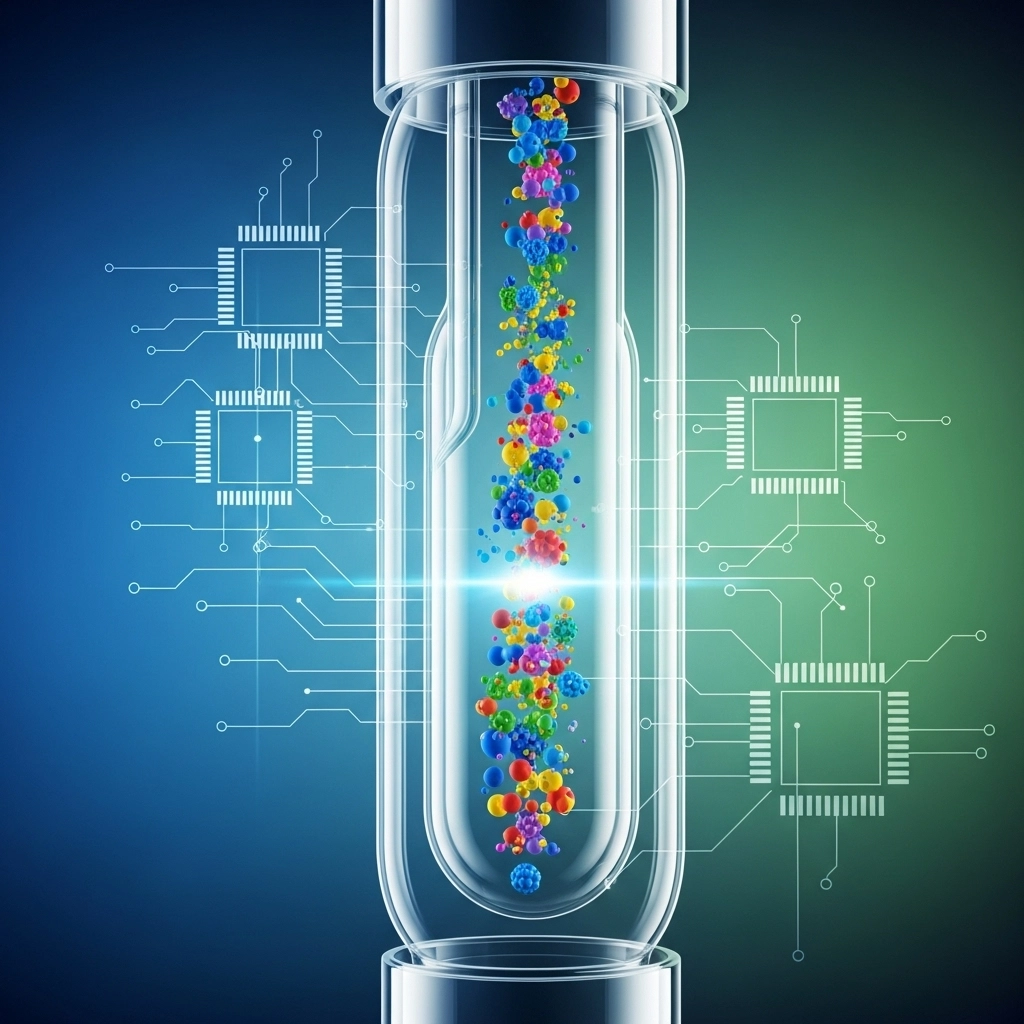
Understanding Liquid Chromatography Fundamentals
The Dynamic Duo: Mobile and Stationary Phases
Reversed Phase vs. Normal Phase Chromatography
Exploring Advanced LC Techniques: 2D-LC and Microfluidics
Advancing Resolution with Two-Dimensional Liquid Chromatography (2D-LC)
Miniaturizing Separations: Microfluidic and Chip-Based LC
Precision Separations with Micro-chip Capillary Liquid Chromatography (MicroPAC)
Final Thoughts on Liquid Chromatography
Frequently Asked Questions about Liquid Chromatography
